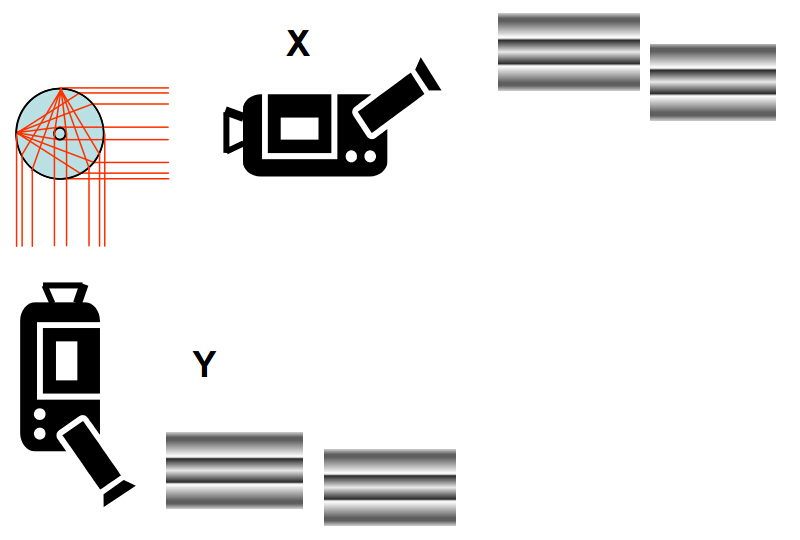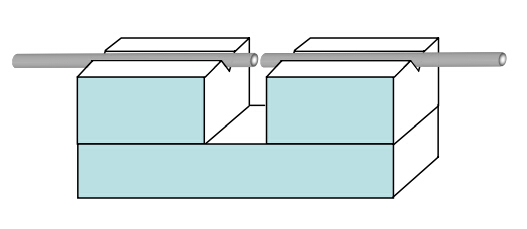Optic fiber is now widely applied to networks around the globe. When it comes to actual operation, connecting fibers is a necessary task. And fusion splicer is an effective tool for fiber optic splicing. But choosing the right type of fusion splicer is still a challenge. In this article, we will talk about how to find the most matching fusion splicer.
Before discussing about different types of fusion splicer, let’s first have a look at the working principle and specific function of a fusion splicer. The fusion splicer is the device that uses heat to melt the ends of two optic fibers and combines them together into one fiber. By using the fusion splicer, the joint is permanent so that light signals can pass from one fiber to another with little link loss. The heating source of a fusion splicer can be a laser, a gas flame, a tungsten filament or a electric arc. And the most popular heating source at present is electric arc.
Nowadays, there are two types of fusion splicer according to different aligning systems. One is called the core alignment fusion splicer, the other is cladding alignment fusion splicer. If you can figure out the differences between these two types of fusion splicer, finding a right fusion splicer is no longer a problem.
Core Alignment Fusion Splicer
Core alignment is the most welcome fusion splicing technology at present. The splicer combines the image and light detection systems which can view the fibers cores in order to measure and monitor core position. Fiber cores are put in V-grooves and are aligned horizontally (X-axis), vertically (Y-axis) and in/out (Z-axis). The type of fusion splicer is adaptable for all kinds of fibers, such as single-mode or multimode fiber, good or bad fiber and splicing old fiber to new fiber. It is much more expensive but provides a more precised alignment.

Cladding Alignment Fusion Splicer
Cladding alignment is also called as passive alignment or fixed V-groove type. This type of fusion splicer relies on the accurate pre-alignment of fiber V-grooves that grip the outer surface or cladding of the fiber. Fiber cores are adjusted inwards and outwards. This type of fusion splicer is only available for multimode fiber or good single-mode fibers. As to cladding alignment fusion splicer, the cost is lower and alignment is faster, but its demand for the quality of fiber is higher or else will cause a lot of losses.

Suggestions For Fiber Optic Splicing
Though the two types of fiber optic splicing are different, the methods for better splicing are common. Here are some suggestions for fiber optic splicing:
1. Clean the fusion splicer before splicing. Any invisible contamination will cause tremendous problems when splicing the fibers.
2. In order to increase the alignment speed for fusion splicer, it is important to maintain and operate other tools, such fiber cleaver. A good cleaving will save time for splicing and decrease fiber loss.
3. Make sure the fusion parameters are adjusted minimally and methodically. The changes of parameters will also generate problems for your desired setting.
Conclusion
Selecting a suitable fusion splicer is beneficial to the splicing process. You may consider your needs and affordable cost to find the right fusion splicer. Core alignment fusion splicer has a better performance but a higher price than cladding alignment fusion splicer. Please choose your ideal fusion splicer wisely and do not forget to follow the normative operation for your splicing.
The article originates from http://www.fiber-optic-cable-sale.com/guide-to-fusion-splicer-selection.html.
没有评论:
发表评论